.jpg)
Da Nang Weekend had an interview with Dr. Nguyen Dai Vinh, Director of the Da Nang City Center for Disease Control (CDC Da Nang) about the expectations, challenges and investment orientation of the new preventive healthcare system.
* Sir, what are the differences between preventive medicine work in Da Nang and Quang Nam before the merger?
The biggest difficulty of Da Nang (old) is the pressure to control the epidemic in a crowded urban environment, while Quang Nam (formerly) faces challenges in large terrain, scattered population, and uneven human resources and infrastructure.
* How will the merger of the two CDCs help strengthen disease prevention and control capacity, sir?
Firstly, human resources, equipment and testing facilities will be pooled, helping to avoid dispersion and duplication, while improving efficiency. Secondly, when an epidemic occurs, the unit can flexibly coordinate human resources, equipment and medical supplies between localities, responding faster and covering a wider area.
Third, the unified command system helps preventative strategies, vaccination, containment, and community communication to be implemented synchronously and consistently, reducing the risk of delays or inconsistencies. Finally, this linkage also strengthens epidemiological surveillance capacity, because instead of two agencies operating separately, data is now aggregated and analyzed together, helping to detect and control the disease early and better.
The merger helps mobilize common resources, avoid duplication in direction, and increase connectivity in epidemiological surveillance. The new CDC will have the capacity to organize synchronous campaigns, coordinate inter-regionally and coordinate human resources more quickly when an epidemic occurs, creating a combined strength to protect the health of people in the whole region more effectively.
* What are the specific benefits of sharing epidemiological data, improving testing capacity and early warning, sir?
Interconnected data helps to quickly detect outbreaks in border areas, avoiding the situation of “each place has its own system” leading to omissions or slow processing. The consolidation of laboratories and modern machines will shorten the time to return results, increase accuracy, and reduce operating costs. At the same time, when there is a common early warning system, we can analyze disease trends in real time, making timely recommendations to the government and people.
In other words, data and testing are no longer “confined” to each locality, but become a common resource, helping to provide early warning and respond to epidemics more effectively.
* So, in your opinion, what difficulties may arise when building a common backup system for the whole region?
Differences in organizational models, processes and previous working methods between the two localities can cause confusion in the initial stages of the merger.
In addition, the disparity in health infrastructure and human resources between urban and mountainous areas can easily lead to difficulties in equitable resource allocation. Another challenge comes from the psychology of health workers when changing their working environment and management habits, which also needs to be skillfully resolved.
However, if there is a retraining plan, unified procedures and clear coordination mechanisms, these difficulties will gradually be overcome, turning challenges into opportunities for the regional backup system to operate more effectively.
* Sir, how to solve the shortage of preventive medical staff in mountainous and remote areas?
In my opinion, the shortage of preventive medicine staff in mountainous and remote areas is a big challenge, but it can be solved by many combined solutions. First of all, it is necessary to strengthen on-site training, encourage local children to study preventive medicine and then return to serve their homeland. At the same time, there should be special treatment and support policies to attract and retain medical staff in difficult areas, from allowances, housing to learning and promotion opportunities.

Telemedicine technology should also be utilized to help doctors at higher levels provide professional support to grassroots levels, reducing pressure on local human resources. Finally, it is necessary to reasonably allocate human resources throughout the region, and promptly mobilize mobile teams to support difficult areas when there is an epidemic.
Thus, by combining long-term training with immediate support mechanisms, we will gradually overcome the shortage of human resources in remote areas.
* Could you tell us about the CDC's specific plan to establish a joint disease surveillance center between Da Nang and Quang Nam?
The CDC may develop a plan to establish a joint disease surveillance center for both Da Nang and Quang Nam. The focus is on connecting data from commune and ward health stations to a common system, ensuring that epidemiological information is updated in real time.
The center will simultaneously monitor multiple indicators: cases, vaccinations, vaccine inventories, testing, etc., and detect abnormalities early. The system is designed to automatically alert CDC leaders and local authorities as soon as there is a risk of an outbreak. In addition, there are plans to integrate GIS technology and artificial intelligence to analyze trends, simulate the spread, and support rapid decision-making.
The ultimate goal is to create a center like a “neural brain” for inter-regional disease surveillance, helping to respond more quickly, synchronously and effectively.
*What are the investment priorities in the coming period, sir?
In the coming period, CDC has identified a number of key investment priorities to improve the region's preventive medicine capacity. For testing, upgrading laboratories to national standards and expanding molecular biology testing capacity to respond to many emerging epidemics. In parallel, building a modern cold storage system for vaccines, managed by electronic software, ensuring safe storage and synchronous distribution of vaccines.
Another important priority is to develop a connected preventive medicine data platform, integrating early warning and analyzing epidemic trends using artificial intelligence. At the same time, focus on improving the capacity of the preventive medicine team, especially field epidemiology, disease surveillance and data management.
In other words, we prioritize both “hardware” (equipment, vaccine warehouse) and “software” (technology, human resources) so that the backup system operates effectively and sustainably.
* What changes do you expect the new preventive healthcare system will bring to people across the region?
We expect the new preventive health system to bring about three significant changes for people across the region. Accordingly, people everywhere, from city centers to remote, isolated and island areas, will have access to timely and equitable preventive services.
Vaccination, testing and disease prevention information will be more synchronized, transparent and faster, helping people feel more secure against disease risks. Community trust in the health sector will be strengthened, because the new system operates more uniformly, professionally and effectively.
In other words, the ultimate goal is for everyone to feel a clear sense of security and better protection from the common backup system.
* Thanks for sharing!
Source: https://baodanang.vn/ky-vong-he-thong-y-te-du-phong-moi-3304883.html


![[Photo] Keep your warehouse safe in all situations](https://vphoto.vietnam.vn/thumb/1200x675/vietnam/resource/IMAGE/2025/10/1/3eb4eceafe68497989865e7faa4e4d0e)


![[Photo] President of the Cuban National Assembly visits President Ho Chi Minh's Mausoleum](https://vphoto.vietnam.vn/thumb/1200x675/vietnam/resource/IMAGE/2025/10/1/39f1142310fc4dae9e3de4fcc9ac2ed0)
![[Photo] Hanoi morning of October 1: Prolonged flooding, people wade to work](https://vphoto.vietnam.vn/thumb/1200x675/vietnam/resource/IMAGE/2025/10/1/189be28938e3493fa26b2938efa2059e)

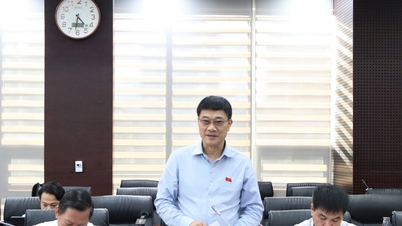
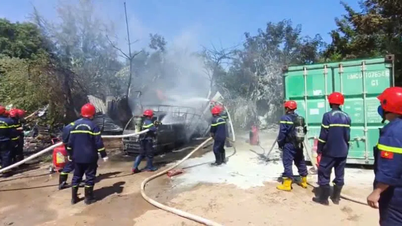

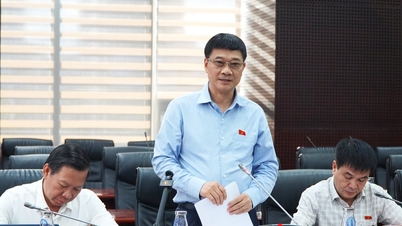

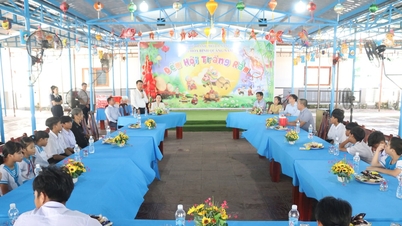





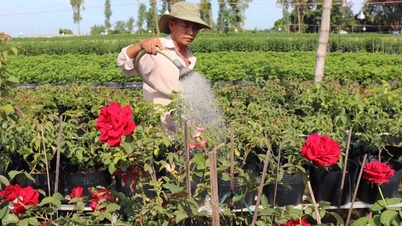


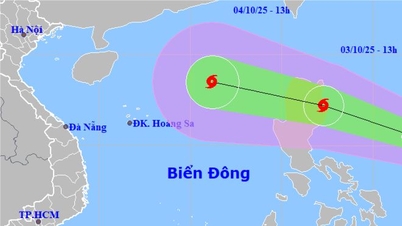
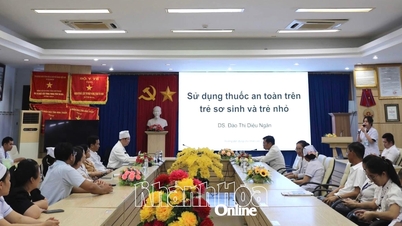








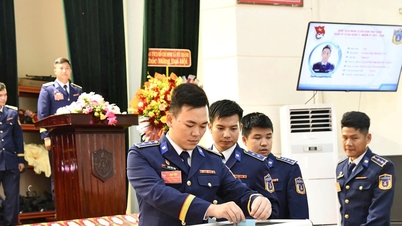
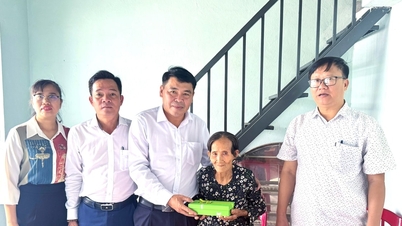


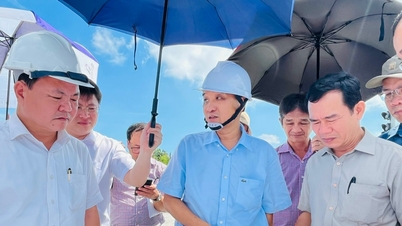






































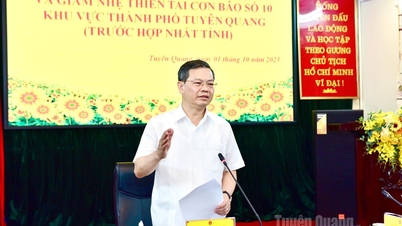



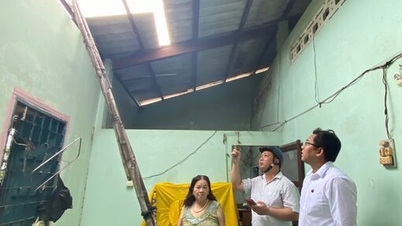




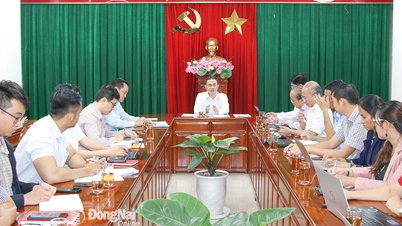













Comment (0)